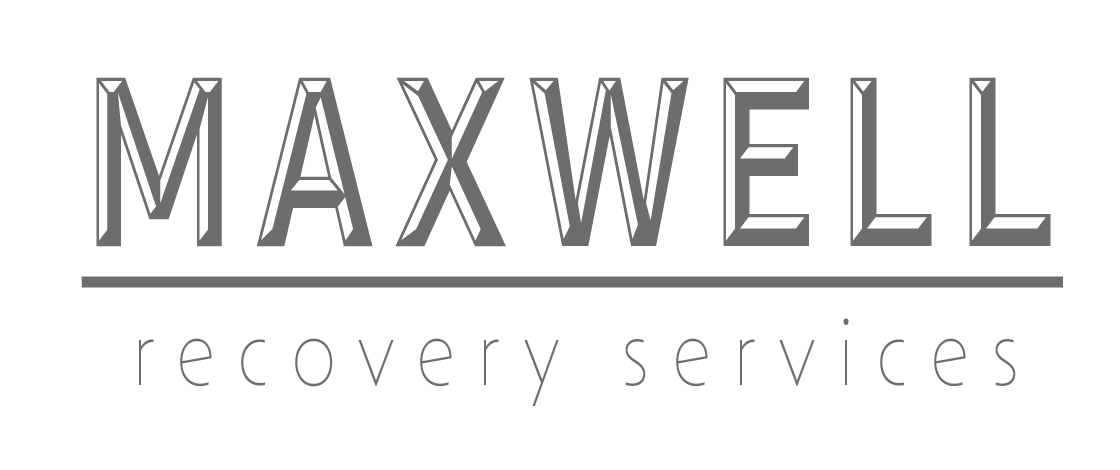What an intervention is, and isn’t
The term "intervention" has various connotations depending on the context and the person asked. When speaking with struggling families, I sometimes hesitate to use the term because their definitions are often shaped by personal, sometimes negative, experiences, media portrayals, and anecdotes from friends and family. These differing interpretations can hinder the necessary actions to get loved ones into needed treatment.
The Oxford English Dictionary defines intervention as "action taken to improve a situation, especially a medical disorder." This definition is helpful because it speaks to the core purpose of an intervention: enhancing motivation to positively influence a person's decision-making, creating a scenario where they can accept help and begin recovery. The methods for enhancing motivation vary depending on the situation and can be tailored to individual needs.
Many believe an intervention involves confronting or shaming someone into accepting help. This is inaccurate. Guilt and shame rarely produce positive change, and confrontation is seldom effective. Rather, we facilitate a structured dialogue with family and friends where loved ones express their love, support, and desire for the person's well-being.
I often hear families use the phrase "tough love," which I actively reframe. There is nothing "tough" about intervention; it is simply love. Love means no longer enabling self-harm and expressing concern and a desire for change when someone cannot view their situation logically. While we cannot force someone to change, we can express love and support by offering treatment.
Families are powerful agents of change. As a professional, my role is to help families leverage their strengths in a systematic and structured way to achieve the best possible outcome. Some families may even effectively facilitate this process independently, depending on the individual's needs, the family's communication skills, and their knowledge of addiction and treatment.
It is easy to be overwhelmed by various opinions and armchair psychology. The truth is that addiction treatment, coupled with a robust aftercare plan, works for many, and a properly conducted intervention by a trained professional can be the fastest, most effective way to provide life-saving care. This is not about forcing change but about clearing a path and providing the best opportunity for support.

